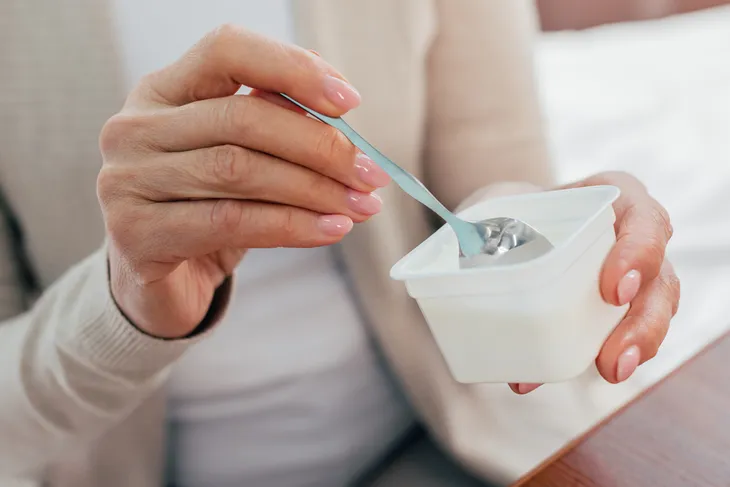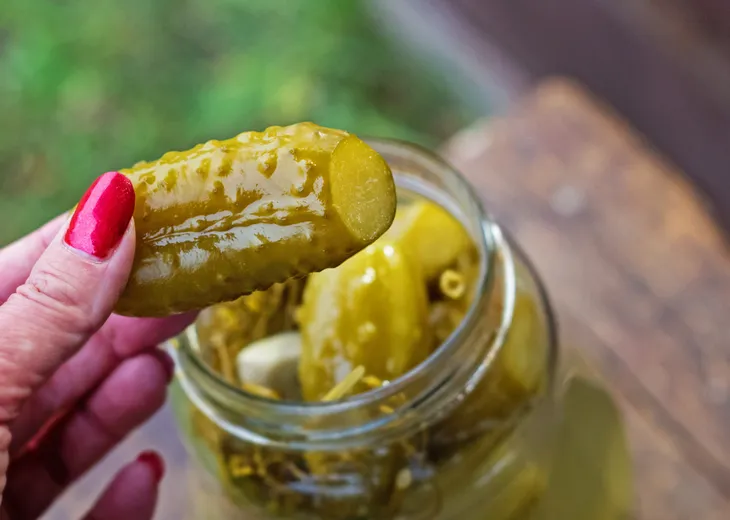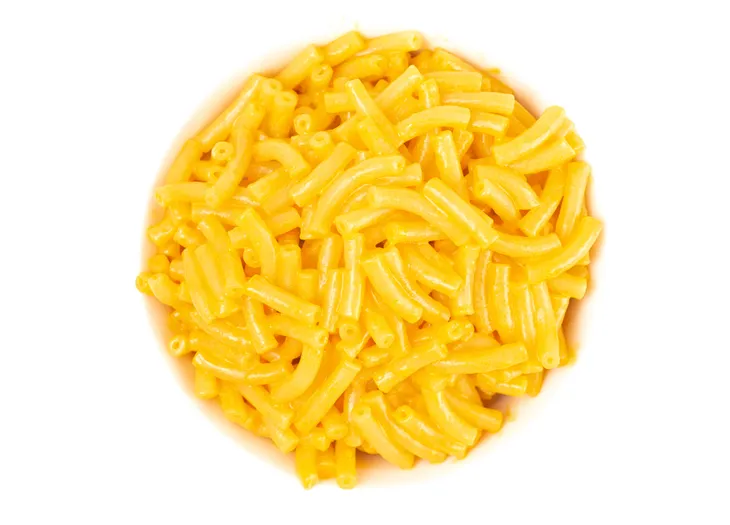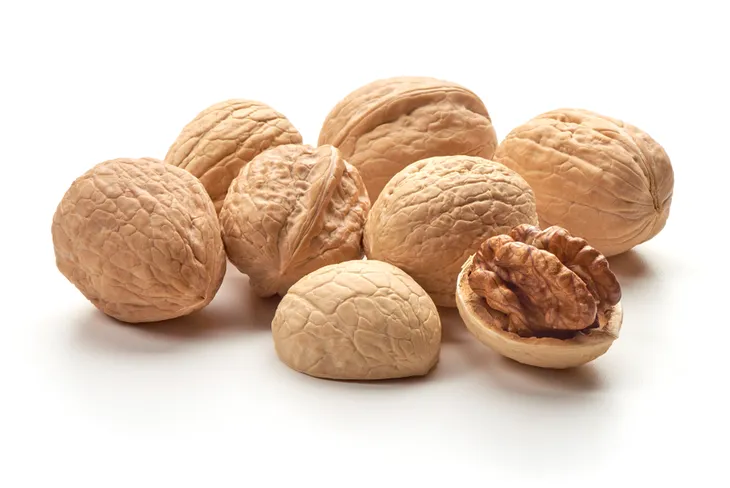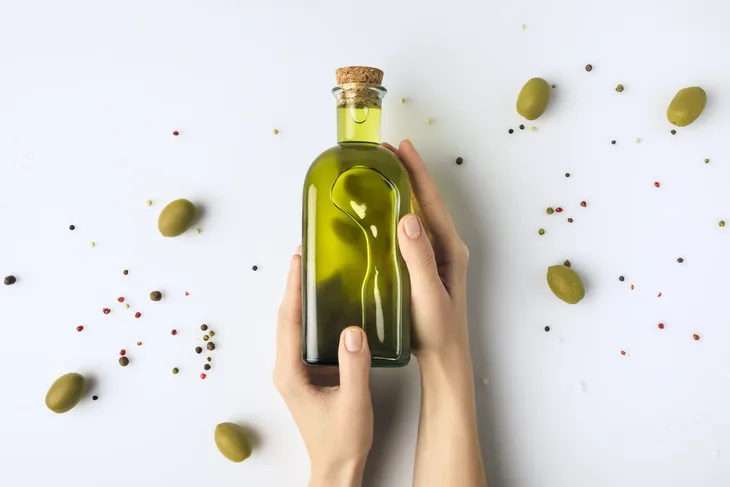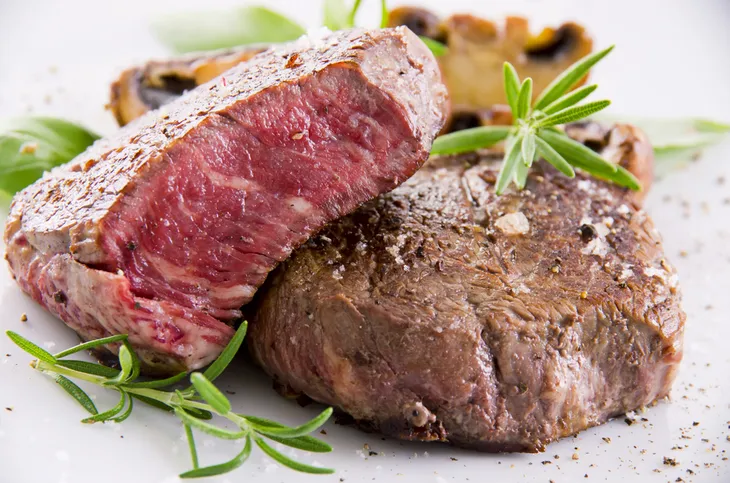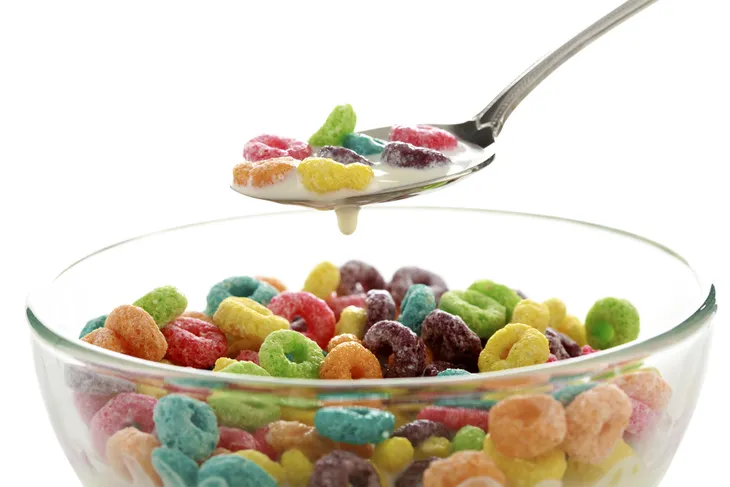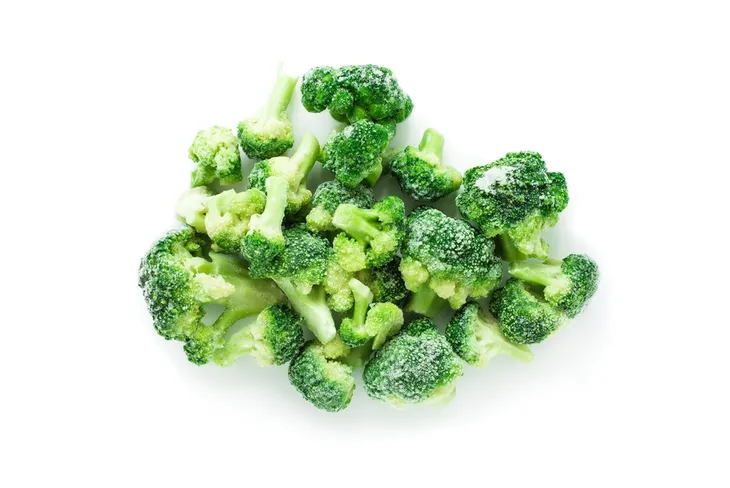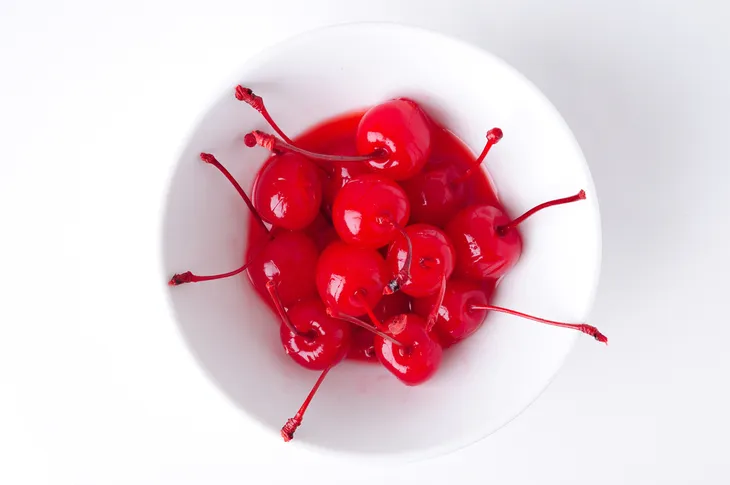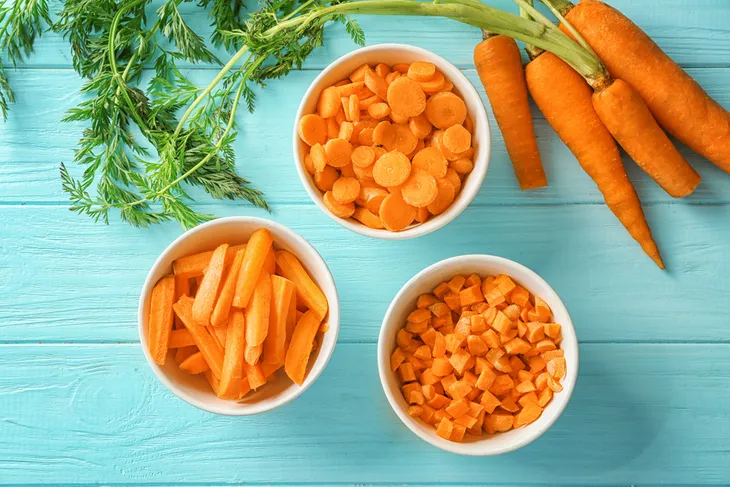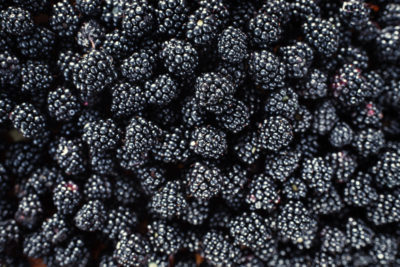If you’ve ever visited a local farm or organic store, you’ve likely noticed that the fruits, vegetables, eggs and other products they sell look different than those at other grocery stores. Many people look at the food and think there’s something wrong with it. But the truth is that much of the food you purchase at big grocery store chains have been altered – the shape, color and size are changed in some way.
It’s hard to tell what exactly started the trend, but the biggest reason it continues today is because of consumer buying habits—the color and shape of foods impacts whether or not we buy something. The following list of dyed and altered foods will likely contain some shockers and a glimpse into common food production practices…
Cheddar Cheese
With the rising popularity of specialty cheeses, you’ve probably seen an increase over the last few years in brands that sell white cheddar cheese. And if you’re like many other big box grocery shoppers, the first time it became available may have had you wondering why it isn’t orange.
Cheddar cheese is typically made various shades of orange and yellow with annatto, a vegetable dye. It was first done a few hundred years ago because it was thought that the orange color of cheese meant it was higher in fat, and cheese high in fat could be sold for more. Today, manufacturers aren’t likely to change their cheddar back to its natural color because people now associate colors with flavor.
Yogurt
Not all brands of yogurt contain artificial food coloring but a good portion of them do. It’s probably surprising to many, since the color of yogurt usually reflects the color of the fruit. And if you eat yogurt that has fruit in it, you might think the fruit is dyeing the yogurt that color but it’s not.
A quick online search about what yogurt companies use to dye their products will likely gross you out and have you swearing off yogurt forever. Quite recently at least one well-known and popular brand of yogurt was under media and consumer fire for using carmine, an insect-based coloring to dye their yogurt. (Though this is probably better than using chemical dyes like some other brands!)
Jarred Pickles
This is a weird one. When dyes are used in food products like this, it makes you wonder just how many different foods you don’t actually know the real color of. Many brands of pickles contain two artificial yellow dyes, which are approved for use in food by the Food & Drug Administration (FDA), but the use of them is considered controversial. Why?
There’s enough uncertainty about both of these dyes and they’ve been linked to negative health effects. And although the potential harm these dyes and others could cause is a significant reason to reconsider their role in what we eat, there’s also the fact that there are other natural ways to dye food that are definitely not harmful.
Mac and Cheese
Odds are you aren’t surprised that the startling orange color of the seasoning found in most brands of mac and cheese isn’t natural. Cheddar cheese isn’t even naturally orange, let alone that bright and radioactive-looking. While many people choose to ignore the questions around what, exactly, is in this type of processed food, enough people have questioned it that we have the answer.
In 2013, hundreds of thousands of people signed an online petition for a major mac and cheese manufacturer to remove yellow dyes #5 and #6 from its products. There have been several claims that these dyes can cause hyperactivity in children, and may be a carcinogen.
Unshelled Walnuts
Shelled walnuts are typically sold at stores in the month or two leading up to Christmas—it’s tradition to have a bowl of shelled nuts for people to snack on, complete with a cracking tool. But this year, depending on where you live, you might have noticed that the walnut shells for purchase look dirty or rotten, with dark brown and almost black coloring.
This is because they’re usually rinsed in a bleach mixture to clean and make them a soft cream color. But in some places in North America, this is no longer allowed. Don’t worry if what you buy is bleached—there isn’t solid proof that the bleach breaches the shell and can harm you.
Olive Oil
Olive oil is used in a lot of different cooking methods and in a lot of different foods and dressings. Adding olive oil to your diet to replace saturated and trans fats may result in many health benefits, including lowering your risk of heart disease. But what many people don’t know is that the olive oil you purchase may not be the pure olive oil you think it is.
Many manufacturers use other, cheaper oils like hazelnut and soy to boost profit margins. Some countries have started investigating the use of oils that are sold with the impression that you are getting pure olive oil. They’re also taking a look at the role of suppliers, companies, or both in blatant mislabeling.
Red Meat
It’s unfortunate, but a huge portion of meat you buy at the grocery store has been altered. Producers reason that they incur a huge loss from people avoiding meat that isn’t vibrant in color, so they legally use carbon monoxide to make meat keep its color.
Using this to fake freshness is just another tactic that continues to cause confusion among consumers—many meats are still fresh and absolutely safe to eat when they are more of a brown-ish color, and the use of carbon monoxide may cover up meat that has spoiled. With treated meats sitting beside untreated meats on a grocery store shelf, odds are you’re going to choose the meat with the ‘better’ color.
Cereal
Not all cereals are dyed, but it’s common to see several dyes listed in the product ingredient chart. Even cereals that are a shade of brown often contain two types of yellow dyes. And when you think of all of the brightly-colored children’s cereal available, obviously a plethora of dyes are used—the color certainly doesn’t come from the fruit they taste like.
Some studies claim that the dye in a serving of artificially dyed cereal, especially when combined with consuming other dyed foods, can well-surpass levels that are thought to increase a child’s hyperactivity level. The level at which the dye consumption can affect a child is still unknown, but enough studies and research have determined there’s cause for concern.
Frozen Broccoli
You may have noticed that frozen broccoli, among many other frozen green veggies, are bright green. The intensity of the color makes it look super fresh even though it’s been in your freezer. However, the cause of this color is not natural – most fruits and vegetables aren’t ever this naturally vibrant.
So producers use a green dye to keep frozen broccoli looking good, all of which likely stems back to the fact that society now expects food to be rich in color. The huge increase in the use of food dyes in the mid to late 1900’s changed our perception of food colors, and there have been several studies that show consumers now connect color with flavor.
Maraschino Cherries
These delicious little cherries found in many desserts and bar drinks and used in homes across North America are not naturally even close to this color of red. Some of the maraschino cherries typically sold in glass jars aren’t very red to start with, though it doesn’t matter because the production process strips the cherries of their natural coloring.
They’re then dyed red with a chemical colorant and soaked in corn syrup. Some people are comfortable knowing these cherries are not really cherries at the end of the day and use them in desserts and as garnishes, but it’s quite easy to make your own without removing everything that makes a cherry a cherry.
Carrots
Up until the 16th century, orange carrots didn’t exist. This root vegetable was mostly grown with a natural purple color, with some white and yellow versions here and there. Eventually, carrots were genetically-mutated into the orange kind we all know and eat today. The color isn’t the only thing that’s cosmetically changed when it comes to baby carrots.
Unsurprisingly, the size and shape of baby carrots isn’t natural. A thinner type of carrot is used to then carve those unnatural, stubby little bite-sized snacks. Since carrots would naturally dry out a bit and change color if left untreated or out of packaging, there’s a bit of water in baby carrot bags to keep them hydrated and orange.


